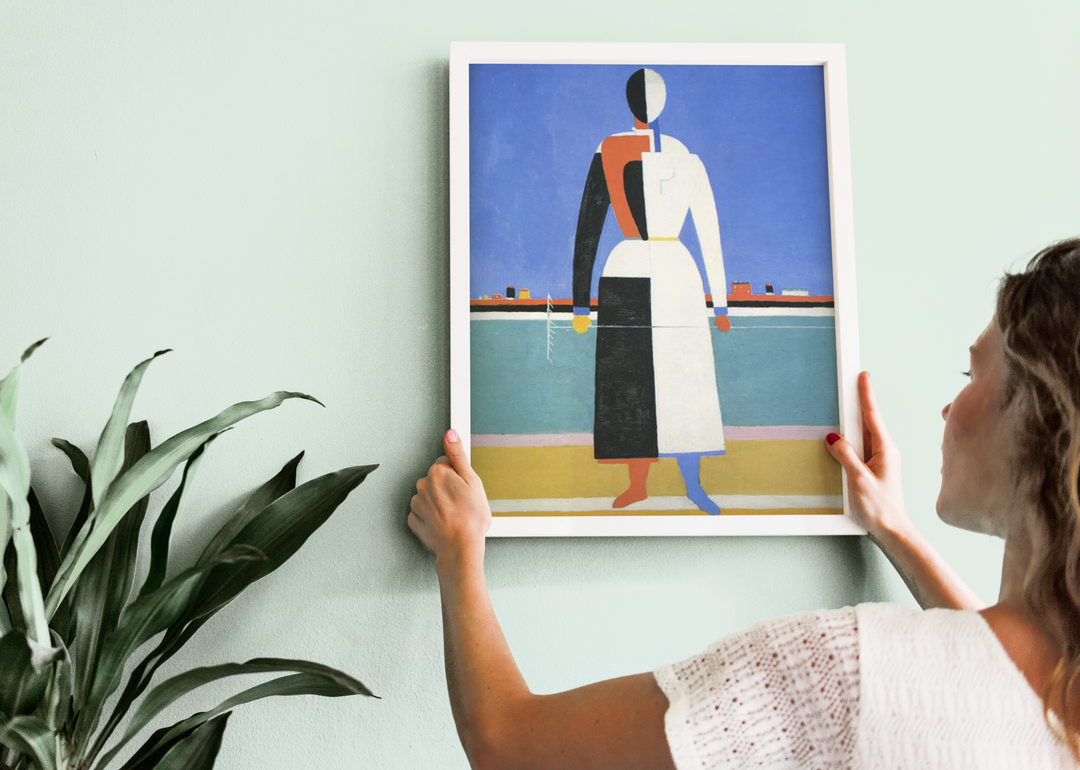
Tamara de Lempicka
Tamara de Lempicka was the lone traditional easel painter in the entirety of the Art Deco style. Her sources of inspiration ranged dramatically: she adored Italian Renaissance painting; she was characterized by critics as a sort of modern-day Ingres, although the comparisons were more often not intended to flatter; she absorbed the avant-garde art of the era - particularly post-cubist abstraction but of a "softened" style. Perhaps most influential was Lempicka's desire to capitalize on her social connections to create a niche for her portraiture, which most often featured well-to-do, cosmopolitan types. The Art Deco style, lavish in a less visually complex way than its predecessor, Art Nouveau, was probably the ideal vehicle for her trendy style. Most notably, despite its decorative quality, her work provided her with an outlet for unconventional self-expression: truly a product of her era, the libertine golden age between the two world wars, Lempicka, a bisexual, made bold, liberated female sexuality the linchpin of her art.
Tamara Rozalia Gurwik-Gorska
-
Born: May 16, 1898; Warsaw, Poland Places are defined in terms of modern geography.
-
Died: March 18, 1980; Cuernavaca, Mexico Places are defined in terms of modern geography.
- Nationality: Polish, Russian, French
- Art Movement: Art Deco
- Field: painting
- Influenced by: Jean Auguste Dominique Ingres, Pablo Picasso, André Lhote, Cubism
- Teachers: Maurice Denis, André Lhote
- Art institution: Académie de la Grande Chaumière, Paris, France




